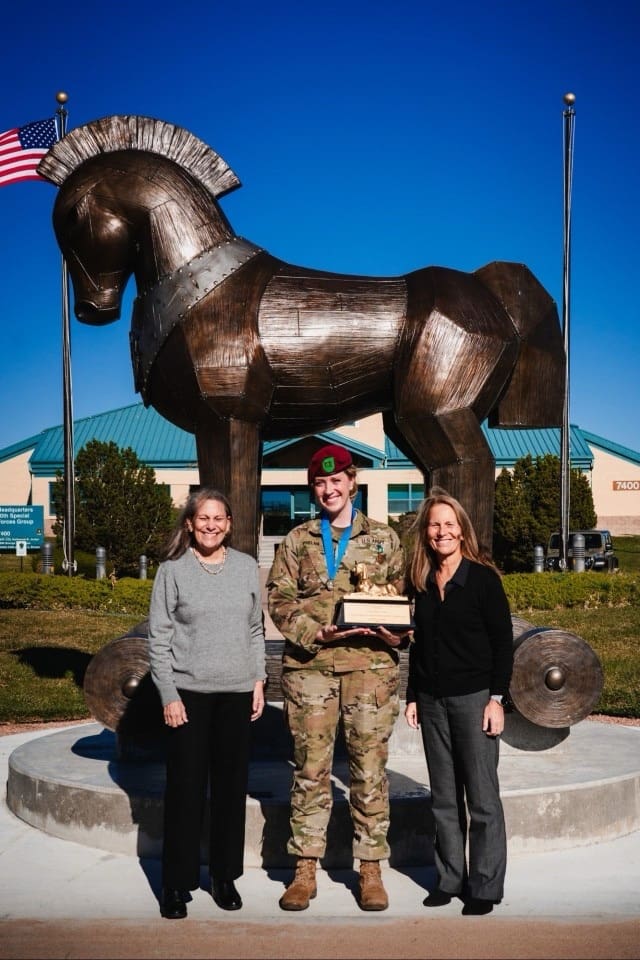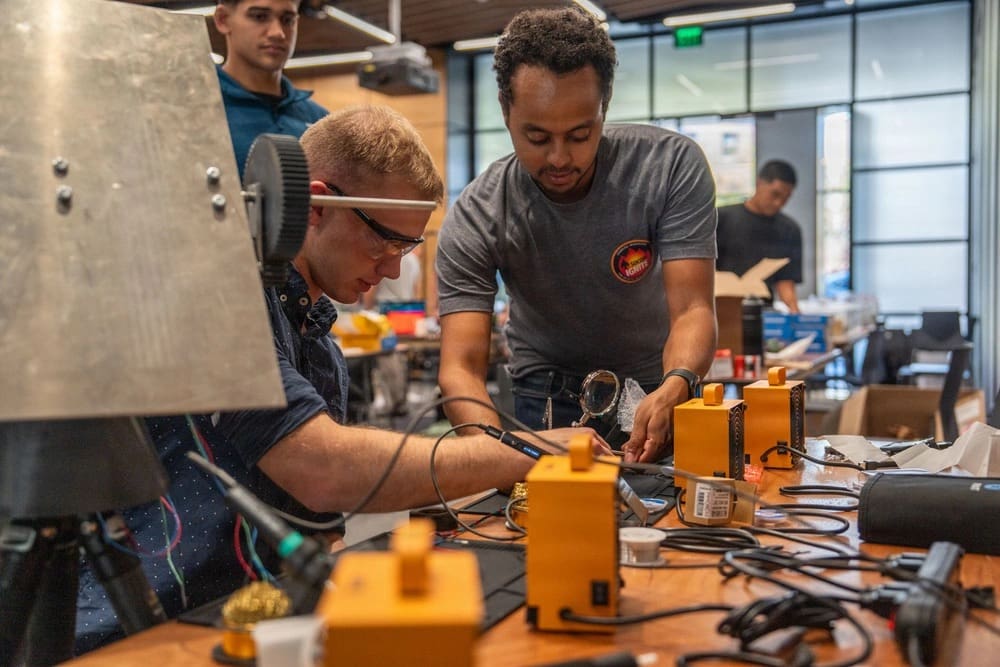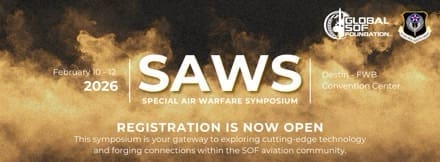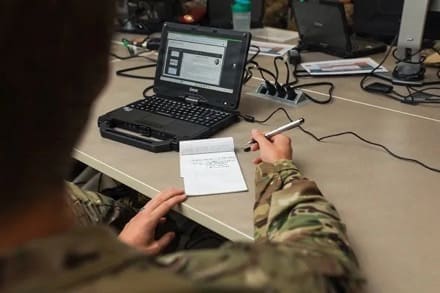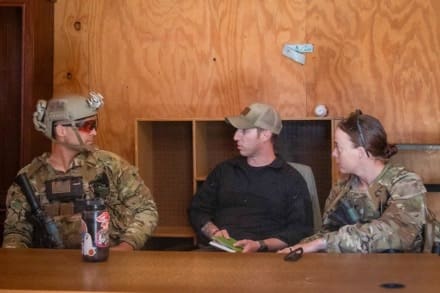
FORT BRAGG, N.C.—The U.S. Army’s Psychological Operations (PSYOP) Regiment demonstrated its rapidly expanding role in the modern information warfare environment during a recent Innovation Day, where Soldiers from across the Regiment showcased solutions designed to fill operational gaps, outpace near-peer adversaries and increase lethality in competition and conflict.
The day highlighted how PSYOP Soldiers are leading bottom-up modernization, creating innovative, low-cost solutions that fill critical capability gaps, increase unit readiness and ensure the force is advancing quickly in the information domain. Col. Clinton Meade, the John F. Kennedy Special Warfare Center and School Deputy Commander, delivered opening remarks, focusing on three key objectives during the PSYOP Regimental Week.
Meade stated, “This week we will see ourselves, see our enemies and modernize our Regiment.”
Sgt. 1st Class David Hargett, a Soldier assigned to 7th PSYOP Battalion, presented a Cognitive Battle Damage Assessment Framework focused on improving how the Army evaluates influence effects on the battlefield. The framework provides commanders with a repeatable, data driven way to assess and measure behavioral impacts with the same rigger applied to kinetic effects.
“Teams around the globe are doing phenomenal work,” said Hargett. “This framework will only better align their efforts with [their] commander’s intended effects.”
Hargett’s framework integrates atmospheric, open- source indicators and field reporting into a forecastable model designed to inform decisions 30-120 days out. This model will provide timely, quantifiable measures that accurately reflect how target audiences are responding. The goal is standardizing behavioral assessments in a way that aligns with how kinetic effects are measured, ultimately improving resource allocation and operational planning.

Staff Sgt. Joseph Compton, an intel analyst assigned to 6th POB, introduced the Operationalized Will-to-Fight Framework, designed to fill a critical doctrinal and analytical gap. A critical factor in both friendly and adversary decision making, Will-to-Fight gives PSYOP Soldiers a standardized methodology to assess and integrate it into planning.
“The matrix is designed for any individual or team to pick up and use,” said Compton. “Teams can pick up a matrix and work their way down block by block, allowing them to analyze the enemies Will-to-Fight.”
Compton’s solution recommends creating a portable, auditable, and structured analytical technique, complete with handbooks, overlays, matrix tools and digital integration. The result would provide commanders and planners with actionable insights to evaluate adversary resolve more accurately.
Sgt. 1st Class Brian Potts, an instructor with the John F. Kennedy Special Warfare Center and School, showcased the Night Haunter: an ultralight, drone deployed deception speaker capable of producing over 100 decibels. Costing under $30 in components and housed in a 3D printed shell, the speakers provide tactical-level deception in both large-scale combat operations and unconventional warfare.
Potts and his team also showcased magnetic mounting solutions for Acoustic Hailing Devices and Next Generation Loudspeakers. The mounting devices offer rapid attachment to both military and civilian vehicles.
“When teams are required to deploy on a short notice, they often have strict equipment and weight limits,” Potts stated. “This mounting system weighs eight pounds, while the current mounting system weighs over sixty pounds.”
This low-cost mounting solution significantly reduces setup time and risk of equipment damage, filling a long-standing need for adaptable loudspeaker integration across mission sets.
Across all presentations, one theme was constant: PSYOP Soldiers are building practical and urgently needed capabilities to fill real-world gaps. Whether through DIY fabrication, analytical tools or non-standard acquisition approaches, innovation is becoming an embedded part of the Regiment’s culture. The presenters reaffirmed the Regiment’s commitment to developing adaptive, creative and future-ready PSYOP forces prepared to meet the demands of competition and conflict in a rapidly evolving information environment.
By CPT Rachel Deppen



